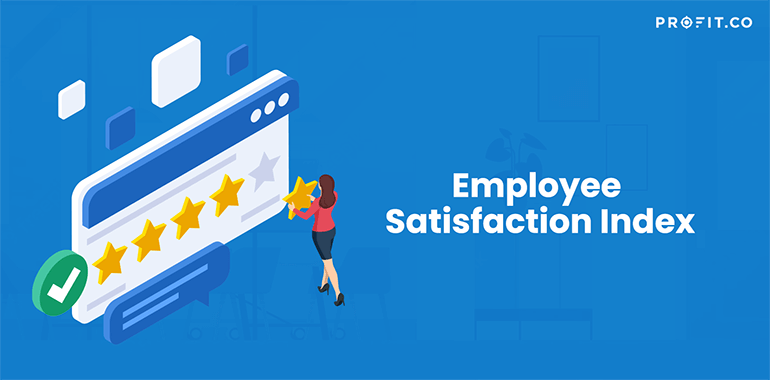It should come as no surprise that if they are unhappy, employees will leave the company that they work for. A couple of years ago, I was working for a firm of web design and I was miserable.
The worst part is that we were all miserable: we were overworked on a daily basis and paid less than the minimum wage (while being told that we were materialistic), we were asked to do things that we obviously didn’t want to do because they were not our responsibility, to begin with, and we were treated as poorly as possible.
Naturally, our employer had never taken an Employee Satisfaction Index. Granted, he didn’t need to, since we were basically screaming that we were dissatisfied in his face. If you, as a company owner, feel like your employees are starting to have second thoughts about working for you, you should embrace the ESI.
What is the Employee Satisfaction Index?
To put it simply, the ESI is a company-wide survey that should be handed out every 6 months. It is often comprised of questions regarding how happy the employees are with the working hours, the benefits, the overall atmosphere in the workplace, their pay and so on and so forth.
Usually, the survey is anonymous, because having to put their names down might make some of the workers feel like they’ll be under rigorous scrutiny after the survey has been handed in.
The ESI gives you valuable insight into what makes your employees happy and what could make them even happier, that’s true, but it offers something more than that: a glance into each of your employees’ personality.
You might get the chance to see that the ones who procrastinate are constantly the unhappy ones and that the ones who actually do what they’re supposed to wish for things that would help all the employees, not only themselves.
In such a situation, you’ll know that there’s no need to attempt any talent retention with the ones that work less but complain more.
The ESI and Talent Retention
The ESI is used, for the most part, in order to figure out how to keep the most skilled employees on board. Good employers always do whatever they can to incentivize their top workers and evidently, their companies thrive.
On the other hand, there are the employers that never take an ESI and therefore are left with the worst employers, since the best ones leave for better jobs in better companies that know how to value what they bring to the table.
Concluding Remarks
“It’s not my job to make employers happy, it’s their job to make me happy” – this is how most employers think and that’s a pity, really. However, karma does indeed exist, and they’ll realize that when their companies will go under because all their most proficient workers left.
While there is no specific timeframe you’d have to take an ESI in, you should do it at least twice a year. A lot of things can happen within 6 months.
